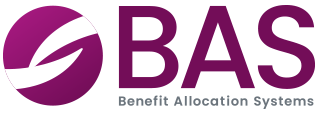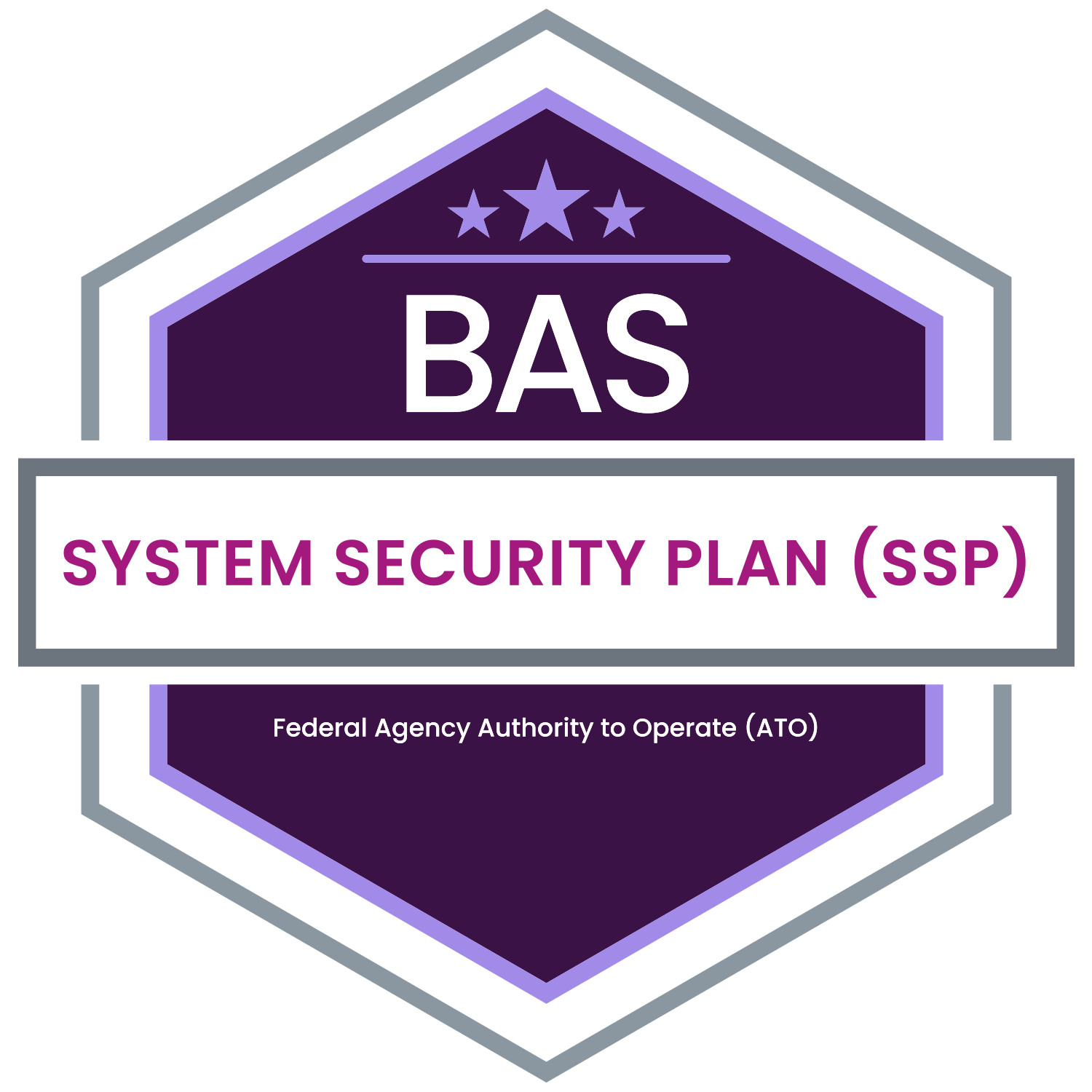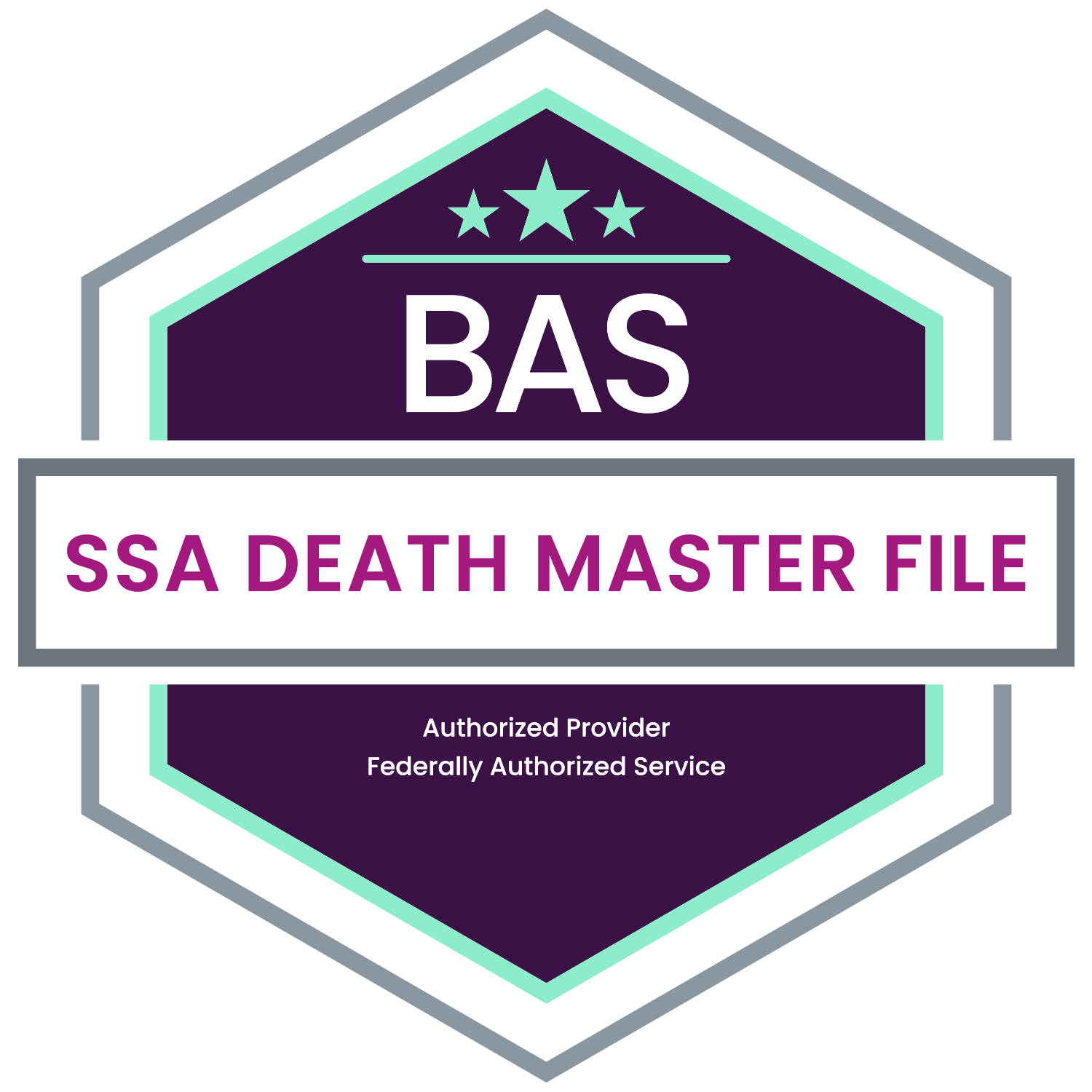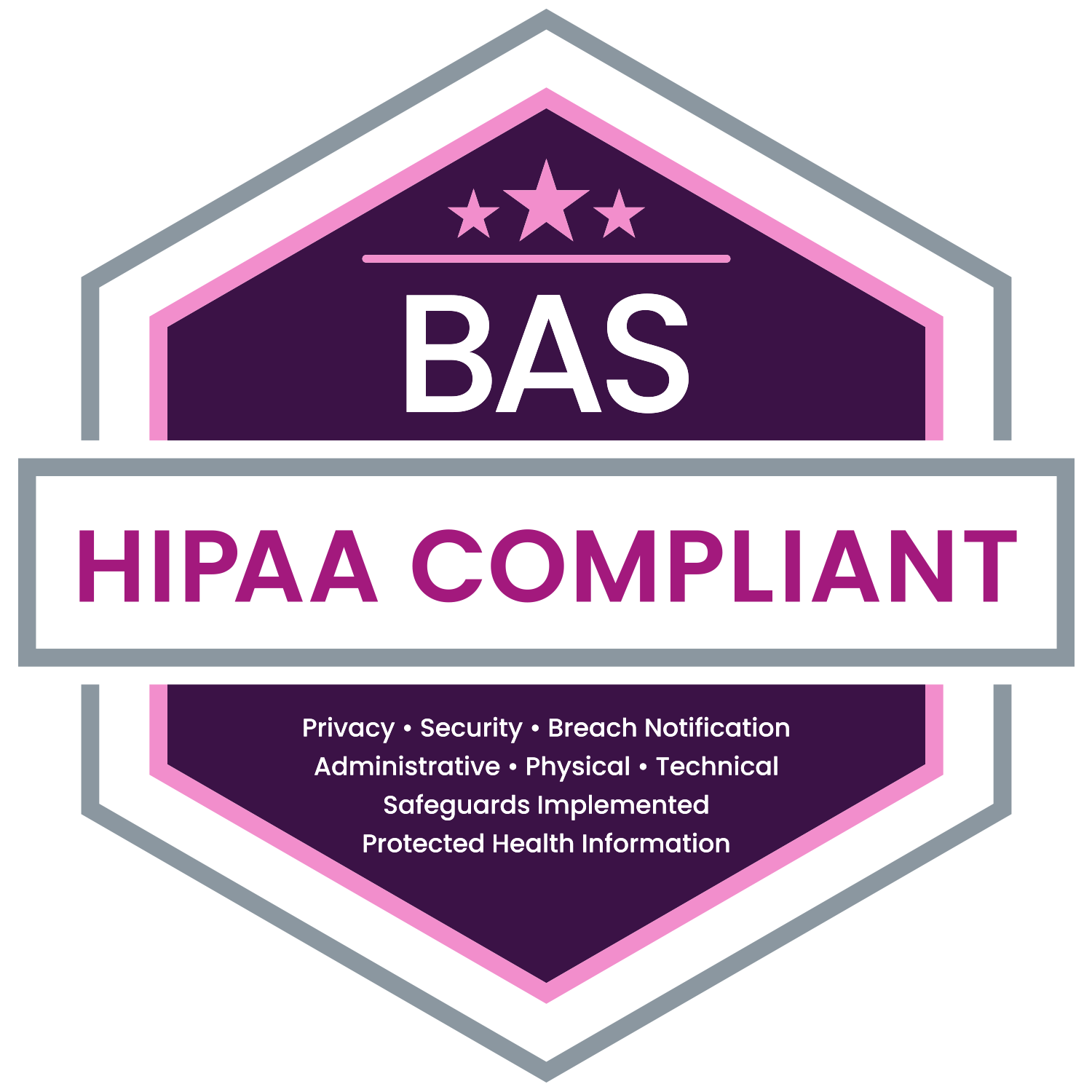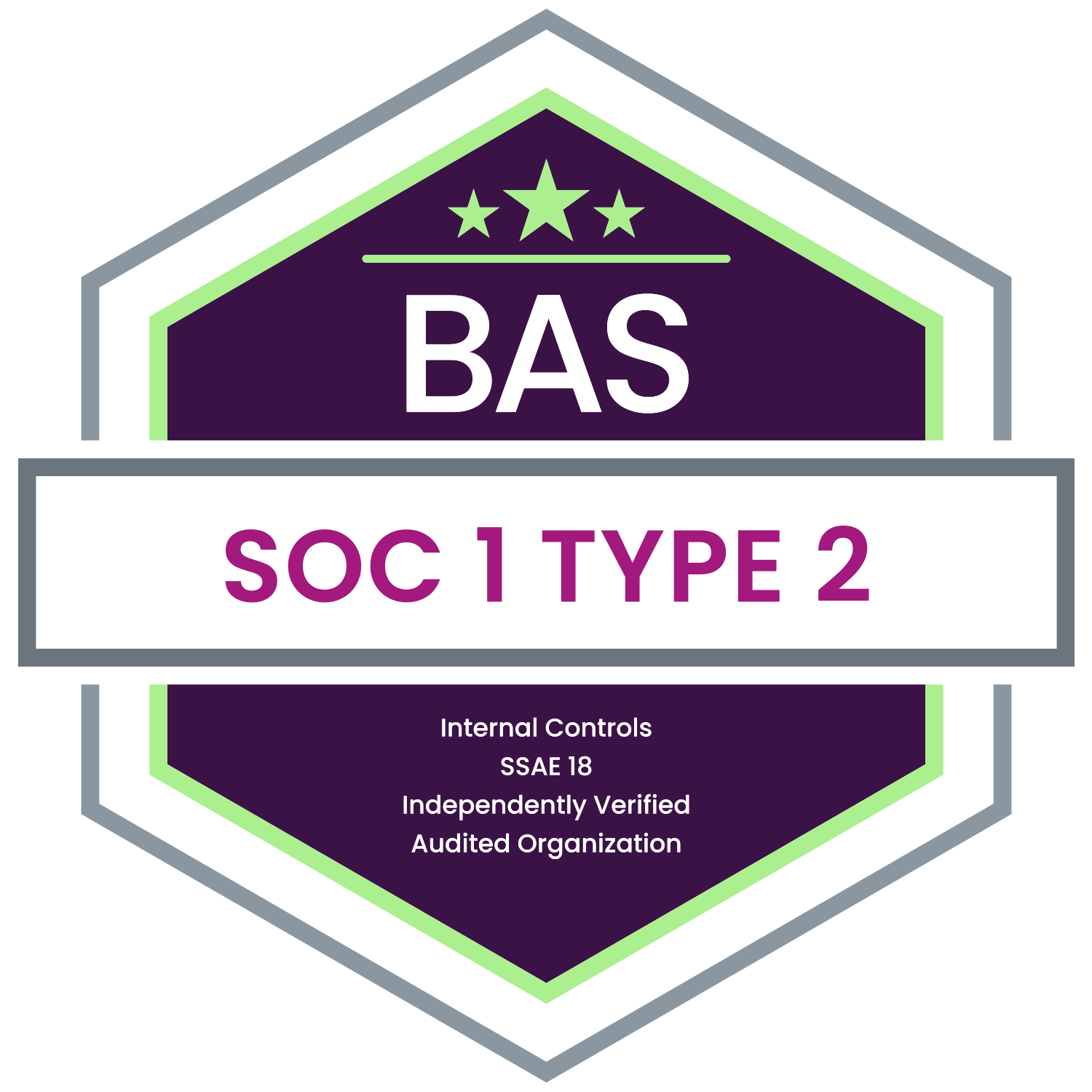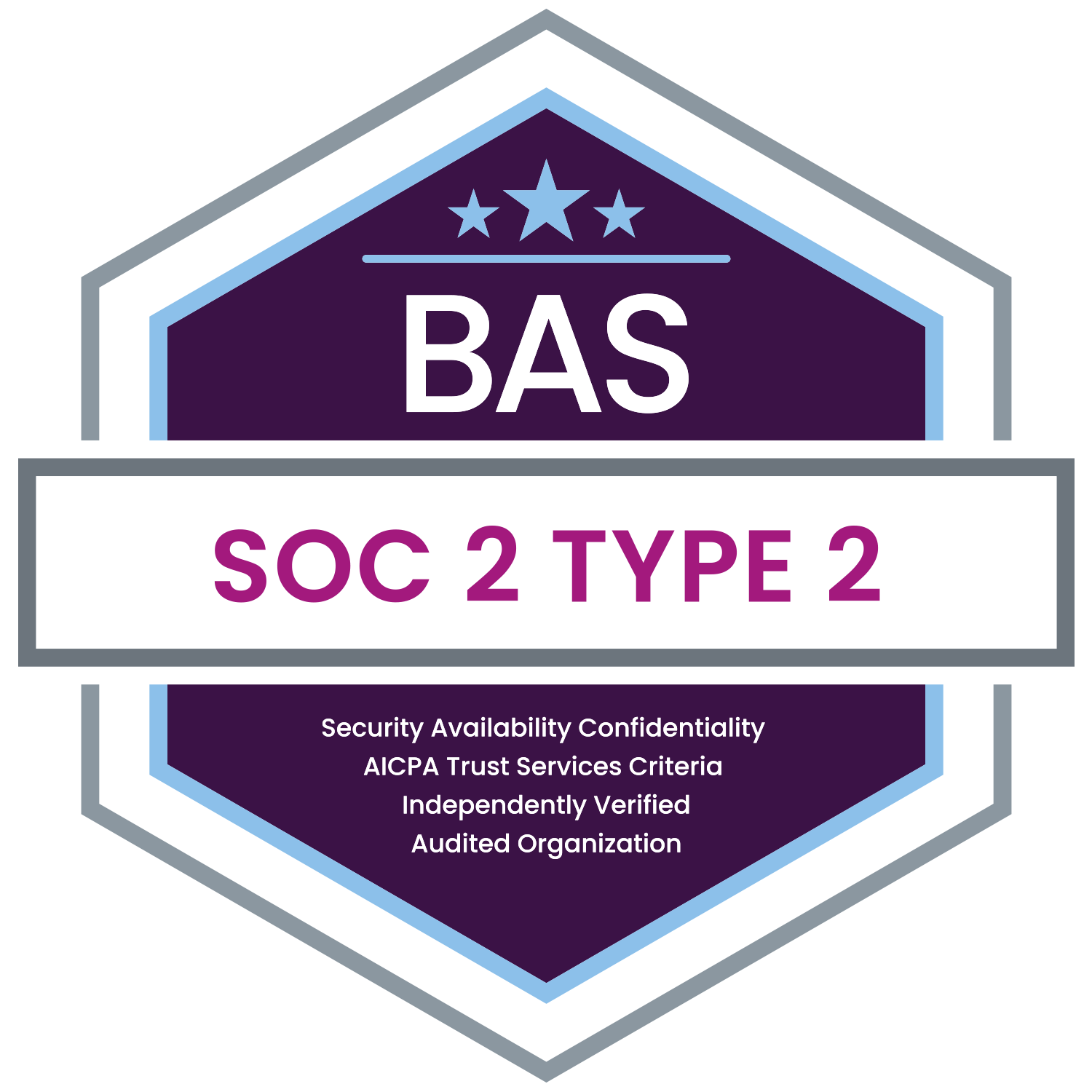Simplify ACA Reporting with Our Affordable and Accurate Solution
The IRS has announced an important update regarding the affordability percentage under the Affordable Care Act (ACA) for 2025, setting the percentage at 9.02%. This percentage is used for determining whether the health coverage offered by applicable large employers (ALEs) is considered affordable under the ACA’s Employer Mandate. ALEs, defined as employers with 50 or more full-time or full-time-equivalent employees, must offer affordable health coverage to avoid potential penalties.
Under the ACA, health coverage is considered affordable if an employee’s contribution for self-only coverage does not exceed a certain percentage of their household income. This percentage was initially set at 9.5% and is adjusted annually for economic conditions (adjusted up or down).
For 2025, the affordability threshold is set at 9.02%, which is an increase from 8.39% in 2024. In 2023, the percentage was 9.12%. Since employers typically do not have access to employees' household income, the IRS provides three affordability safe harbors that employers can use: (1) the employee's Form W-2 wages, (2) the employee's rate of pay, or (3) the federal poverty level guidelines.
The increase in the affordability percentage means that the maximum amount an employee can be required to pay for self-only coverage while still being considered affordable will rise from 2024 to 2025. For example, in 2024, an employer could charge an employee earning $25,000 a maximum monthly premium of $174.79 for the premium to be considered affordable, but in 2025, an employer could charge an employee with the same annual salary $187.91.
Since tracking an employee’s compensation is difficult, many employers properly choose to use the Federal Poverty Line (FPL) safe harbor. For 2025, the FPL Affordability Safe Harbor offers ALEs an easy way to ensure their health coverage is considered affordable under ACA rules. If employers use this safe harbor, their coverage is automatically deemed affordable for all full-time employees. To qualify, the employee’s share of the premium for the lowest-cost plan (that meets minimum value requirements) at the employee-only coverage level must not exceed 9.02% of the federal poverty line for a single individual, divided by 12.
For 2025, the monthly cost to employees should not be more than $113.20. Employers can use the FPL in effect up to six months before the start of their plan year, with the 2024 FPL for a single person in the contiguous U.S. set at $15,060. This safe harbor is highly recommended for simplifying affordability compliance.
For 2025, employers have more flexibility in structuring their health coverage contributions, potentially allowing them to require higher employee contributions while staying within ACA affordability guidelines. ALEs should review their health plan contribution structures for 2025 to ensure compliance and avoid penalties.
Benefit Allocation Systems (BAS) provides best-in-class, online solutions for: Employee Benefits Enrollment; COBRA; Flexible Spending Accounts (FSAs); Health Reimbursement Accounts (HRAs); Leave of Absence Premium Billing (LOA); Affordable Care Act Record Keeping, Compliance & IRS Reporting (ACA); Group Insurance Premium Billing; Property & Casualty Premium Billing; and Payroll Integration.
MyEnroll360 can Integrate with any insurance carrier for enrollment eligibility management (e.g., Blue Cross, Blue Shield, Aetna, United Health Care, Kaiser, CIGNA and many others), and integrate with any payroll system for enrollment deduction management (e.g., Workday, ADP, Paylocity, PayCor, UKG, and many others).
